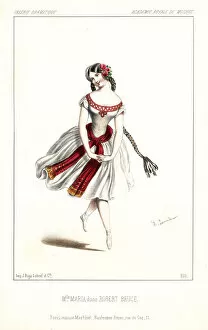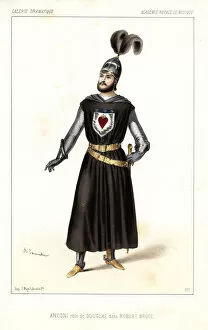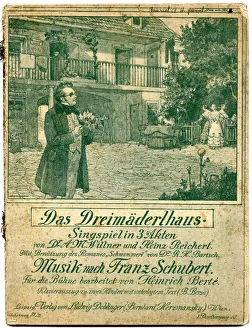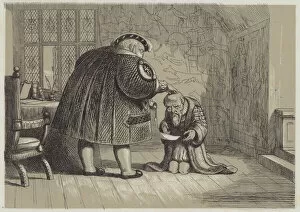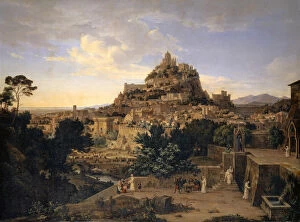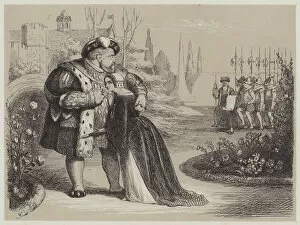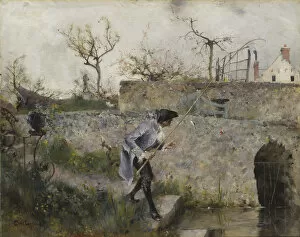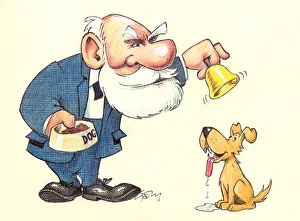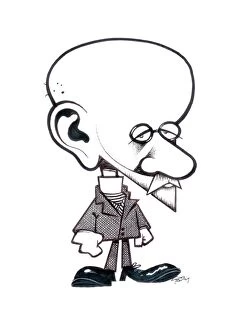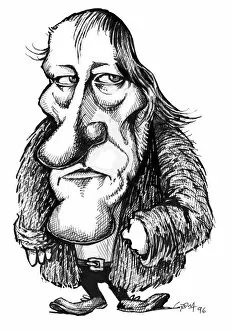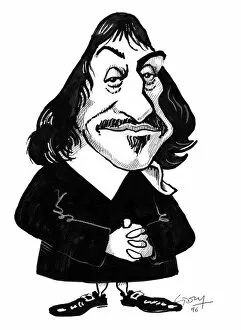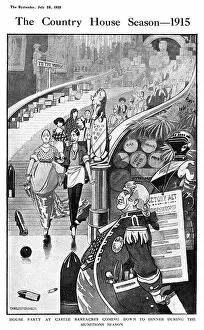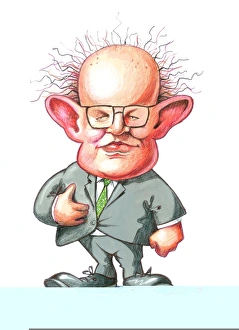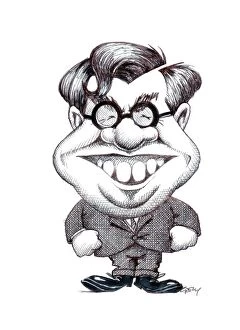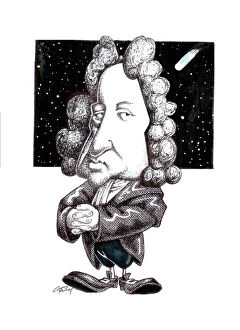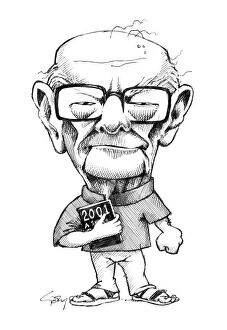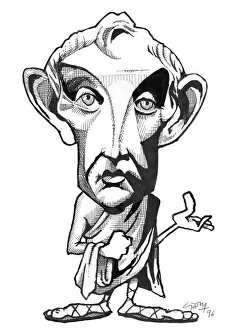Pastiche Collection (page 2)
"Pastiche: A Fusion of Genius Minds" In the realm of intellectual brilliance, a captivating concept known as pastiche emerges
All Professionally Made to Order for Quick Shipping
"Pastiche: A Fusion of Genius Minds" In the realm of intellectual brilliance, a captivating concept known as pastiche emerges, and is an artistic amalgamation that pays homage to the great minds who have shaped our world. Imagine Richard Feynman's playful curiosity intertwining with Ludwig Wittgenstein's profound philosophical insights, creating a tapestry of thought that transcends boundaries. Dmitri Mendeleev's meticulous organization blends seamlessly with David Attenborough's passionate exploration of nature, giving birth to a harmonious symphony where science and observation dance together. Meanwhile, David Hume's skepticism challenges Socrates' relentless pursuit of wisdom in a whimsical caricature that provokes introspection and contemplation. Niels Bohr and James Clerk Maxwell join forces in this creative medley, their caricatures symbolizing the fusion between quantum mechanics and electromagnetic theory—a testament to humanity's unyielding quest for understanding. John Venn adds his iconic diagrams into this intricate mosaic, bridging connections between disparate ideas and revealing hidden patterns within chaos. Edwin Hubble gazes at the stars through his telescope while Watson and Crick unravel the secrets locked within DNA strands—two pioneers whose collaboration reshaped our comprehension of life itself. And amidst it all stands Alan Turing, his genius shining brightly as he weaves mathematical intricacies into this vibrant composition. Pastiche celebrates these luminaries by embracing their individuality while showcasing how their collective brilliance can inspire new horizons. It reminds us that innovation often arises from unexpected collaborations—where diverse perspectives converge to create something greater than the sum of its parts. As we immerse ourselves in this rich tapestry woven by history’s finest minds, let us be inspired by pastiche—a celebration of human ingenuity that encourages us to question conventions, explore uncharted territories, and dare to dream beyond what seems possible.


